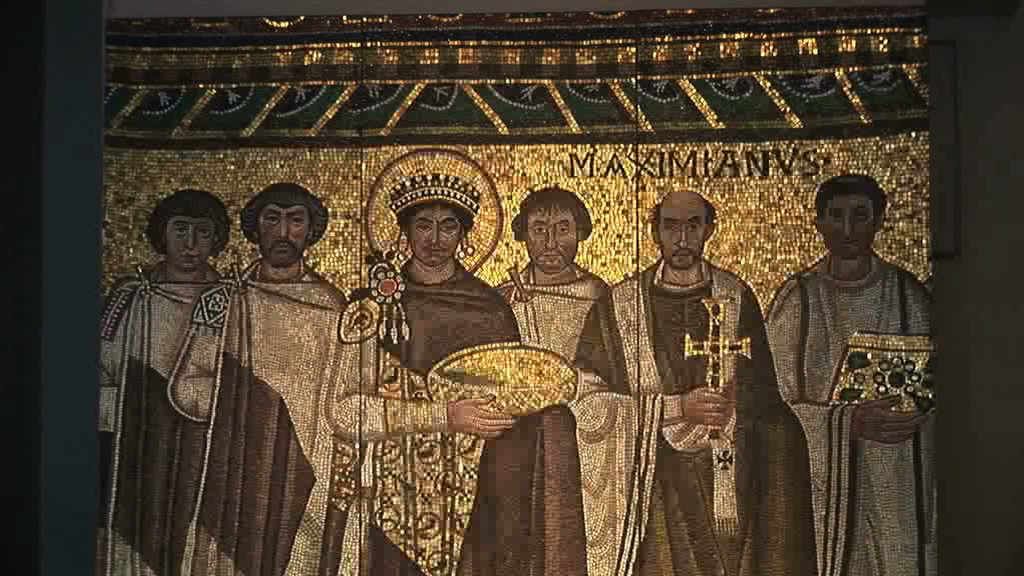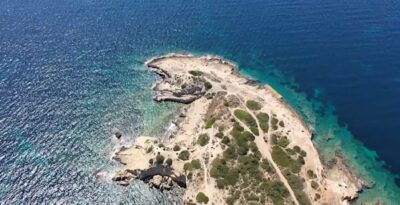Immerse in the Byzantine world in the middle of modern Athens
Thematic snapshots of the Byzantine and post-Byzantine world are exceptionally presented in expansive, well-lit, multi-level galleries, clearly arranged chronologically with English translations. The collection includes icons, frescoes, sculptures, textiles, manuscripts, vestments and mosaics. Villa Ilissia, which nowadays houses the Museum (ever since 1926), is one of the loveliest buildings erected in Athens during its early years as capital of the newly-founded Greek State.
Stay in the most luxury hotel nearby in the Byzantine and Christian Museum
It was the home of the duchess Sophie de Marbois-Lebrun who lived there until her death in 1854. The villa grounds, which sit next to Aristotle’s Lyceum, include ancient ruins such as the Peisistratos aqueduct. When the undergoing extensions are complete, all 15,000 objects of the collection will be easily displayed and the building will form a part of a larger archeological park that will include Aristotle’s Lyceum and a small open air amphitheatre.





